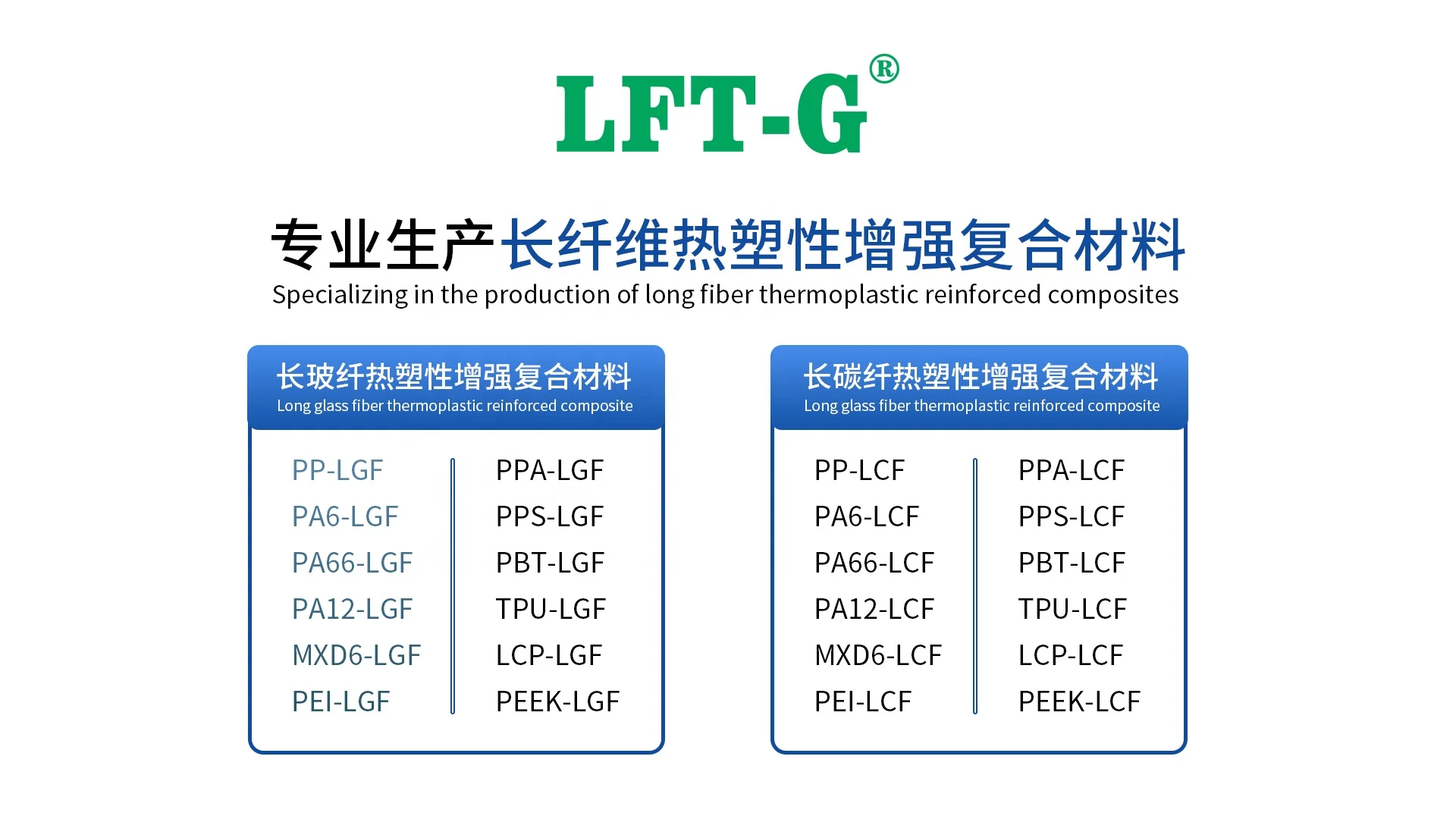Categories
new blog
In recent years, lightweight materials have received a lot of attention in the manufacture of various industrial components, especially automotive and aerospace components. More specifically, fiber-reinforced polymer (FRP) composites have paved a suitable path in successfully proving themselves as a viable alternative to heavy metal components.

Conventional FRP is based on epoxy resins and reinforced with high-performance fibers such as carbon fibers. However, recycling epoxy-based composites at the end of their useful life is quite complicated. On the other hand, thermoplastics are cheaper, easier to process, and easy to recycle. Carbon fiber materials have the advantages of high strength, low density, high specific modulus small density, high temperature resistance, chemical resistance, low current, high thermal conductivity, and excellent vibration and noise damping functions, which have been widely used in the engineering field. In FRP, the matrix polymer acts as a continuous phase and the reinforcing fibers act as a discontinuous phase.
Depending on the type of polymer, the composite can be either thermoset or thermoplastic.
The manufacturing processes for thermoset matrix composites and thermoplastic matrix composites are quite different, with the former requiring curing and the latter requiring a simple melting and cooling process. Currently, the most used materials in China are composites formed from thermoset carbon fiber composites. At the same time, thermal curing technology has been more fully developed and applied in China.
In contrast, the molding technology of thermoplastic carbon fiber composites is still in its infancy, and there is still room for further optimization, as well as high manufacturing costs and increasingly high requirements on process and technology.
Thermoplastic carbon fiber materials have irreplaceable advantages:
1) High impact resistance (10 times higher than thermoset);
2) Thermoplastic carbon fibers can be recycled;
3) If we can overcome the problem of the resin not melting easily with each other, we can complete the second injection molding.
This simplifies the molding process and improves the mechanical properties.
Thermoplastic resin is one of the most common matrix materials in carbon fiber materials, possessing the characteristics of softening by heat, melting by heat, and stable hardening after cooling, and can be melted by high heat and repeatedly solidified after cooling. Thermoplastic resins have excellent corrosion stability, fracture toughness, damage resistance and impact resistance, and are small in size. In recent years, carbon fiber as a reinforcing body and its thermoplastic material as a matrix have been widely used in many aspects of civil and military in China.
Carbon fiber reinforced thermoplastic composites have a history of development in recent decades, and a variety of different molding methods have been developed. At present, the more common conventional molding methods in the manufacturing industry are: hot press can molding, pultrusion molding, winding molding and so on. Although this conventional molding production method is applicable to a wide range of high level of technology, but the production cost is high, low efficiency. In recent years, a variety of new molding methods have emerged, including the automatic spreading of optical fiber molding, ultrasonic rapid consolidation, laser consolidation and electron beam consolidation molding, vacuum-assisted molding, as well as 3D printing and other molding technologies.